Ohio and Erie Canal
Ohio and Erie Canal
Ohio and Erie Canal
You also want an ePaper? Increase the reach of your titles
YUMPU automatically turns print PDFs into web optimized ePapers that Google loves.
<strong>Ohio</strong> <strong>and</strong> <strong>Erie</strong> <strong>Canal</strong> (Boone Triplett) George Washington first proposed the idea of a canal connecting the Great Lakes to the <strong>Ohio</strong>-Mississippi River System in 1784. Inspired by the <strong>Erie</strong> <strong>Canal</strong> in New York, the State of <strong>Ohio</strong> began surveying routes in 1822 for its own gr<strong>and</strong> internal improvement project. Completed a decade later, the 309-mile-long <strong>Ohio</strong> <strong>and</strong> <strong>Erie</strong> <strong>Canal</strong> connected Clevel<strong>and</strong>, Akron, Massillon, Dover, Roscoe, Newark, Columbus, Circleville, Chillicothe, Waverly, <strong>and</strong> Portsmouth. Success was immediate, as this vital transportation link provided access to Eastern markets. Within a span of 35 years, canals transformed <strong>Ohio</strong> from a rural frontier wilderness into the nation s leader in agricultural output <strong>and</strong> third most populous state by 1860. Railroads marked the end of the canal as an economic engine, but traffic continued to operate until the Great Flood of 1913 destroyed the system as a commercial enterprise. Today, the <strong>Ohio</strong> <strong>and</strong> <strong>Erie</strong> <strong>Canal</strong> is enjoying a rebirth as a recreational resource.<br />
<strong>Ohio</strong> <strong>and</strong> <strong>Erie</strong> <strong>Canal</strong>


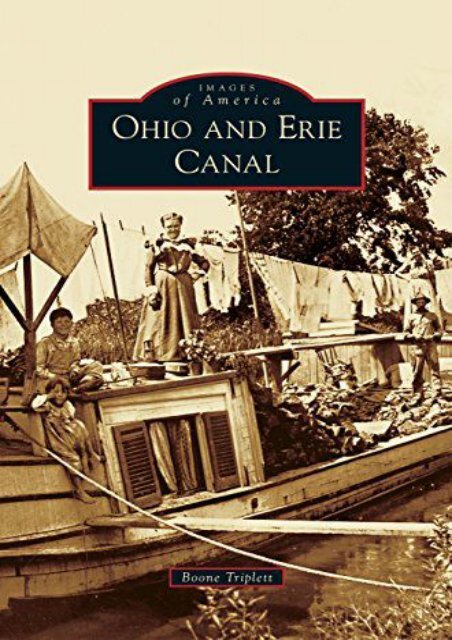
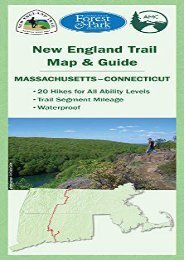

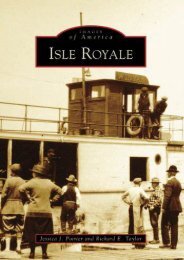


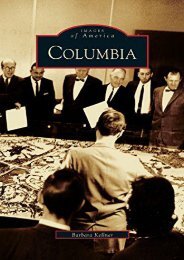


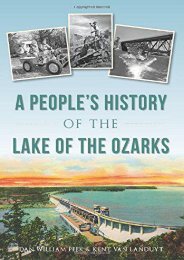



![Corsica [France] (National Geographic Adventure Map)](https://img.yumpu.com/59274350/1/184x260/corsica-france-national-geographic-adventure-map.jpg?quality=85)
